The history of daylight-saving time, which the US Senate just voted to make permanent
The US Senate passed a bill to make daylight-saving permanent.
Common wisdom about daylight-saving time is that it originated with farming, but it really goes back to World War I.
Most of the US, with the exception of Hawaii, Arizona, and some territories, recognizes daylight-saving time.
The US Senate on Tuesday passed a bill to make daylight-saving time permanent.
The Sunshine Protection Act of 2021, if passed by the House and signed into law by President Joe Biden, would end the ritual observed in most of the United States of changing clocks twice a year, in March and November.
Indeed, most US states on Sunday began over eight months of daylight-saving time by "springing forward" and moving their clocks an hour ahead, losing an hour of sleep in exchange for a later sunrise and more sunlight at the end of the day.
Thinkers including Benjamin Franklin, the New Zealand scientist George Hudson, and the Englishman William Willett advocated for plans that would give them more sunlight in the day going all the way back to the 18th and 19th centuries.
The US and several European countries enacted daylight-saving time during World War I and World War II as an energy-conservation measure and kept it during peacetime.
Today, most of the US, with the exception of Hawaii, Arizona, and many US territories, recognizes daylight-saving time. While many northern states appreciate the extra hour of sun, some states that experience unbearable heat in the summer prefer an hour of nighttime instead and stay on standard time all year round.
Here's the full history of daylight-saving time in the US.
The idea for daylight-saving time is attributed to thinkers including Benjamin Franklin, scientist George Hudson, and a British man named William Willett, who published a pamphlet in 1907 titled "The Waste of Daylight," which argued for an extra 80 minutes of sunlight in the summer.
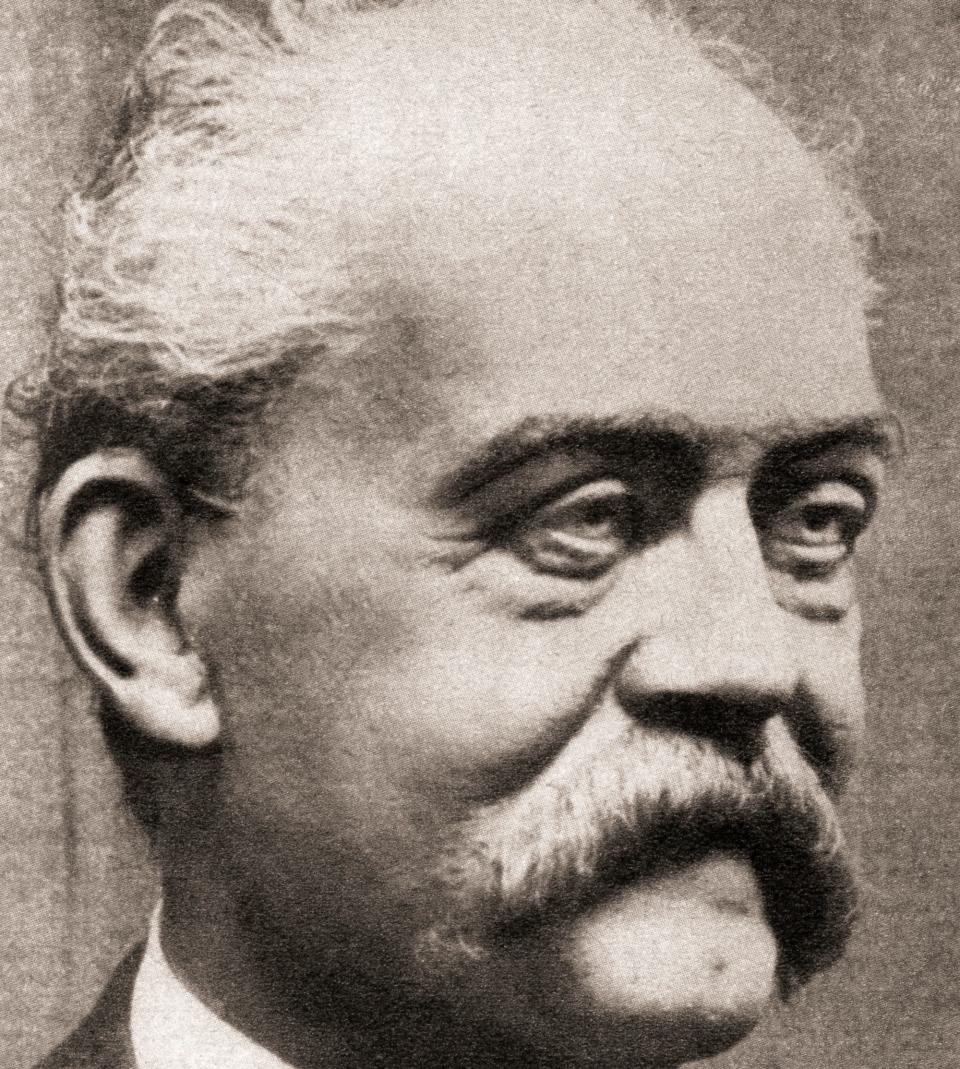
Source: The History Channel
While Britain didn't act on Willett's proposal at the time, Germany implemented daylight-saving time during World War I as a way to conserve electricity by maximizing sunlight.

Source: The History Channel
"They remembered Willett's idea of moving the clock forward and thus having more daylight during working hours," the author and historian David Prerau told National Geographic. "While the British were talking about it year after year, the Germans decided to do it more or less by fiat."
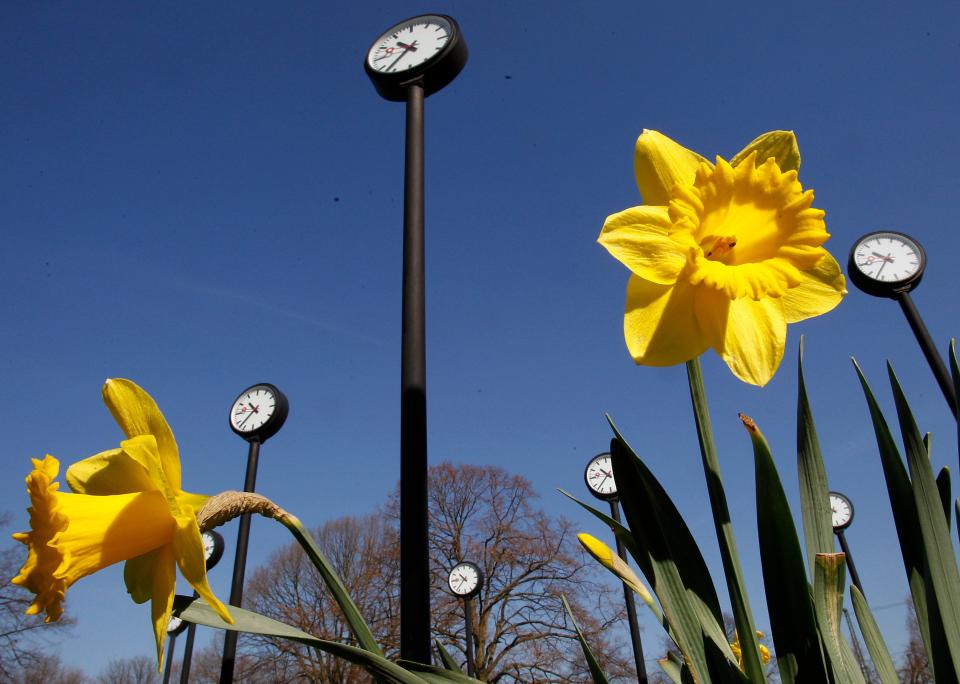
Source: National Geographic
The US also implemented national daylight-saving time during World War I under President Woodrow Wilson in 1918 —but Congress later repealed the measure in 1919.

Source: The History Channel
Multiple studies, however, have since concluded that daylight-saving time has no or negligible benefits when it comes to energy conservation.
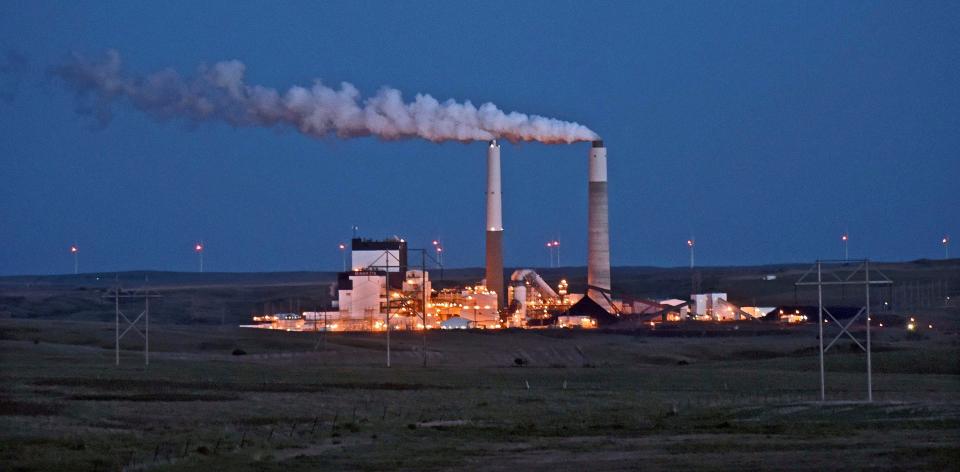
Source: History Channel
It's a common misconception that farmers pushed for daylight-saving time in the US to get more time to work outside in the fields.

Source: The History Channel
Because farmers' schedules revolved around sunlight and not the clock, a change in the amount of sunlight threw their entire workday out of whack. Agricultural groups were behind the effort to repeal daylight-saving time in 1919.

Source: The History Channel
After the national repeal of daylight-saving time in 1919, many individual states and cities continued to adjust their clocks twice a year, but at varying days and times, in what Time magazine characterized in 1963 as "a chaos of clocks."
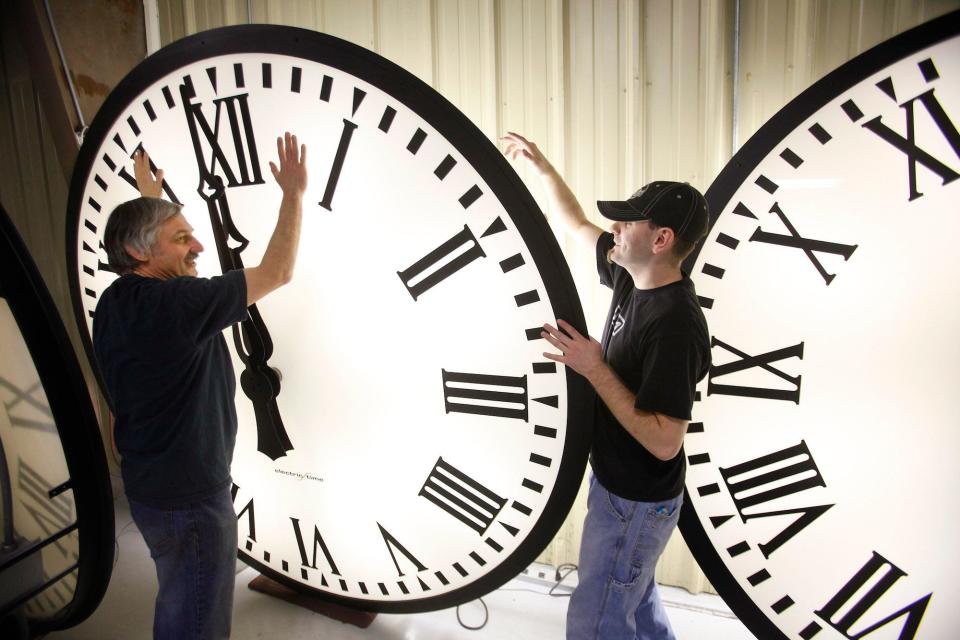
Source: The History Channel
The History Channel reported that at the time, "passengers on a 35-mile bus ride from Steubenville, Ohio, to Moundsville, West Virginia, passed through seven time changes."

Source: The History Channel
In 1966, Congress passed the Uniform Time Act, which set daylight-saving time to begin and end at the same time nationwide. Since 2005, daylight-saving time has begun on the second Sunday in March and ended on the first Sunday in November.
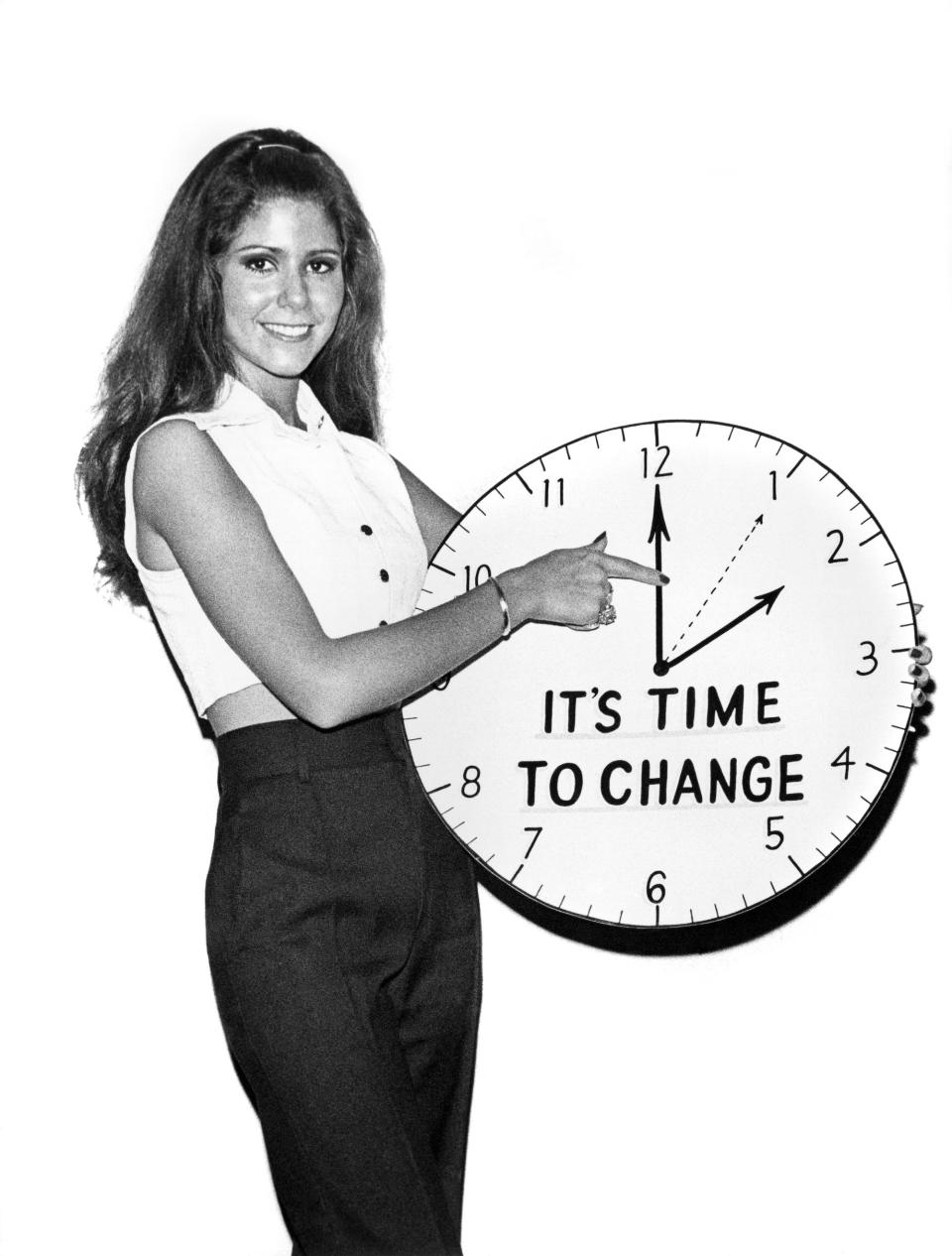
Source: The History Channel
Hawaii, most of Arizona, and a number of US territories do not, however, recognize daylight-saving time — largely because nighttime brings cooler, more pleasant temperatures than the heat during the day.

Source: National Geographic
"In the summer, everybody loves to have an extra hour of daylight in the evening so they can stay out another hour," Prerau told National Geographic. "In Arizona, it's just the opposite. They don’t want more sunlight, they want less.”
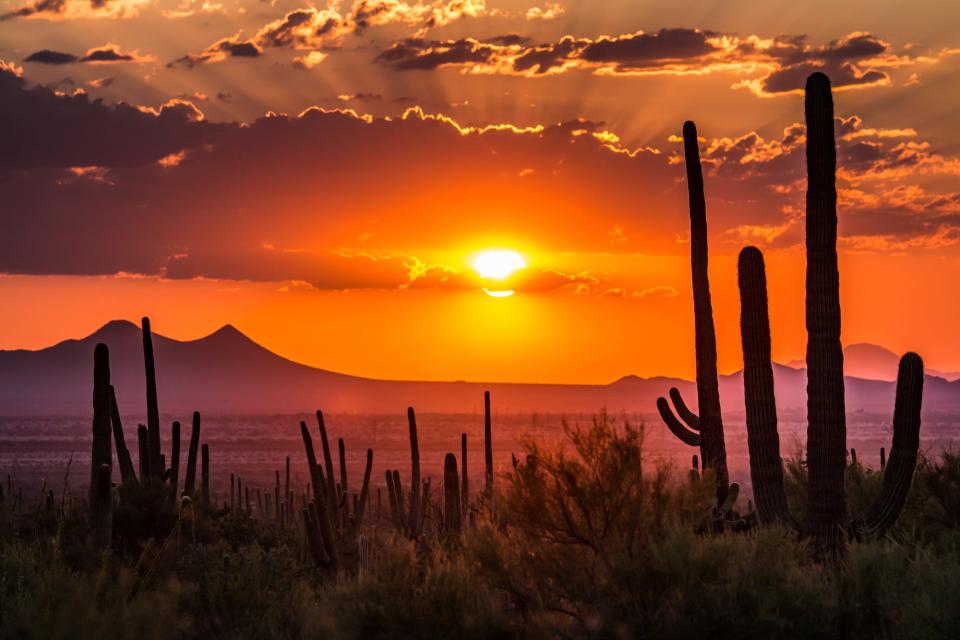
Source: National Geographic
While states can voluntarily opt-out of recognizing daylight saving time or choose to be on daylight-saving time all-year-round, they must pass an act of legislation and obtain approval from the US Congress.
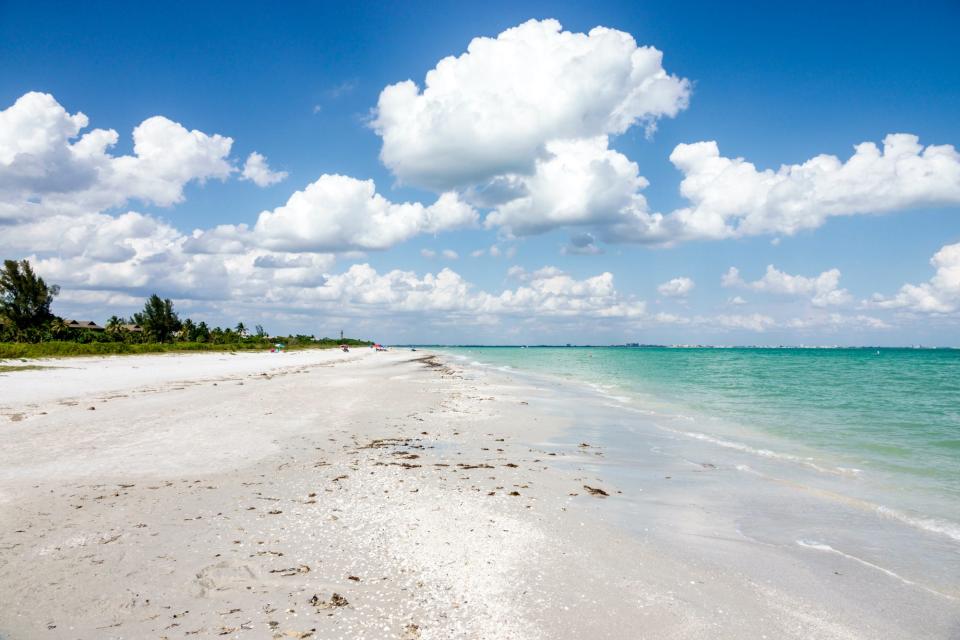
Source: NBC Montana
Lawmakers in over a dozen states have passed legislation or resolutions in recent years to make daylight-saving time permanent in their states. But those bills haven't been able to go into effect absent congressional action.
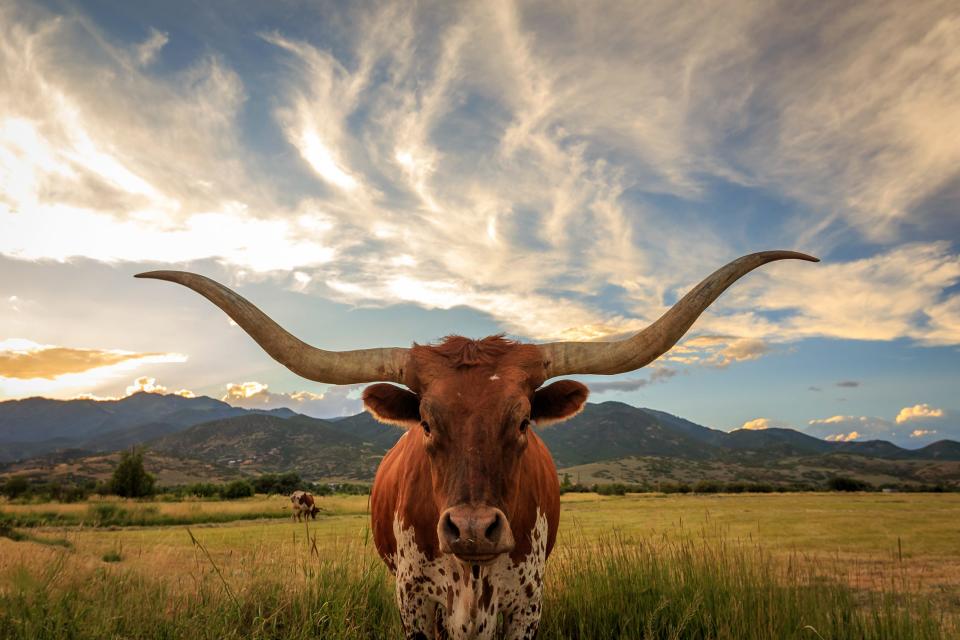
Source: National Conference of State Legislatures
Some studies have linked the decrease in sleep associated with daylight-saving time to negative health effects, such as increases in heart attacks, car accidents, and workplace injuries.

Source: Detroit Free Press, Insider
In March of 2019, the European Parliament voted to permanently end daylight saving time in the European Union effective in 2021, letting individual countries decide whether to operate on permanent "summer time" or "winter time."
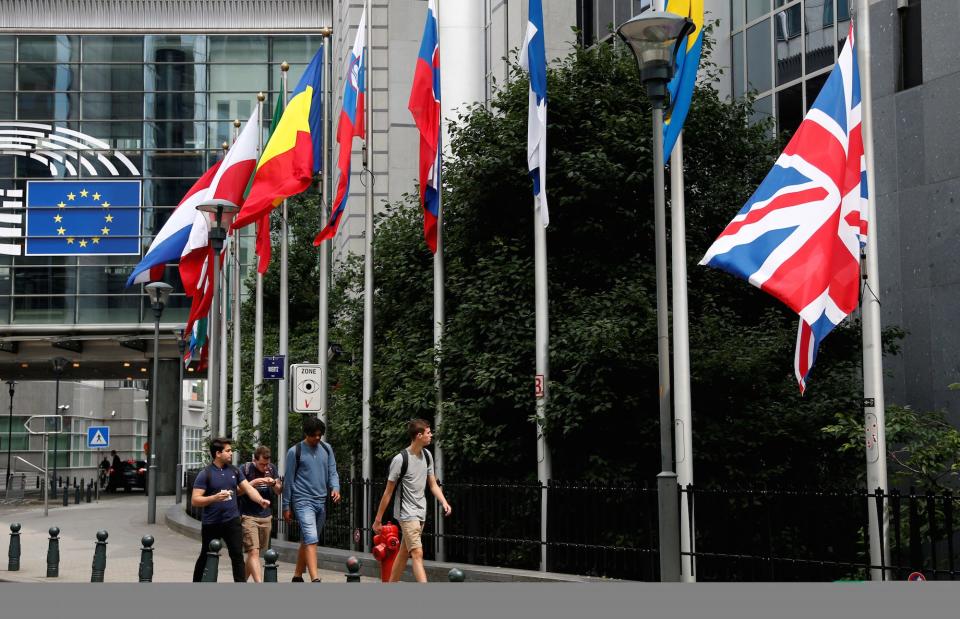
Source: Insider
The bipartisan bill the Senate passed on Tuesday would make daylight-saving time permanent all-year-round in states that currently recognize it.
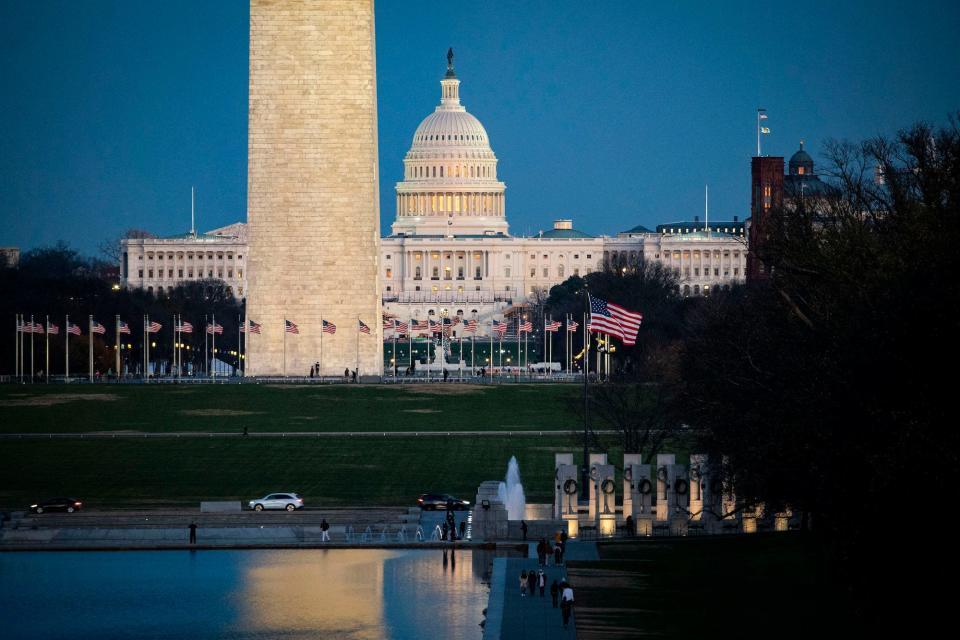
The Sunshine Protection Act of 2021, introduced by Sen. Marco Rubio of Florida, is co-sponsored by a bipartisan group of 13 senators.
"In a year that feels like it's been in complete darkness, Senator Rubio and I have provided a solution to provide more sunlight by making Daylight Saving Time permanent," GOP Sen. James Lankford of Oklahoma, one of the bill's co-sponsors, said in 2021. "I don't know a parent of a young child that would oppose getting rid of springing forward or falling back. Congress created Daylight Saving decades ago as a wartime effort, now it is well past time to lock the clock and end this experiment."
—Sheldon Whitehouse (@SenWhitehouse) November 5, 2021
Read the original article on Business Insider
